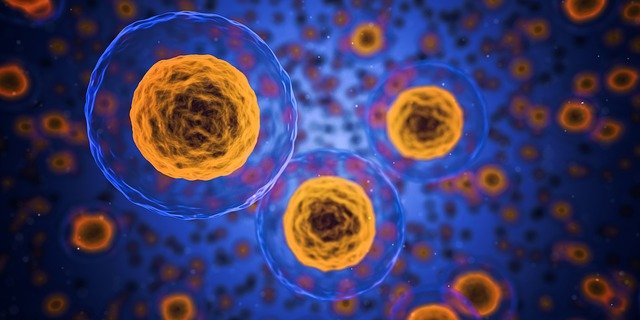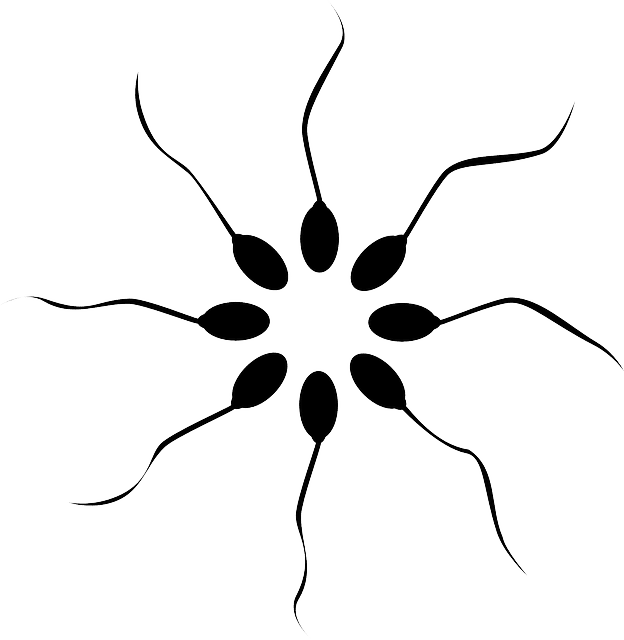
A haploid cell has only one set of chromosomes.
The first step we are going to take to know the meaning of the term haploid is to discover its etymological origin. In this case, we can emphasize that it is a word that derives from Greek as it is the result of the sum of two lexical components of said language:
– The adjective haplos , which can be translated as “simple.”
– Eidos , used to indicate “appearance of”.
What is a haploid cell
The adjective haploid is used in the field of biology to describe the cell or tissue that has a single set of chromosomes .
A chromosome is a condensed strand of DNA that occurs in a constant number in the cells of each plant or animal species. If a cell has a single set of chromosomes, or half the usual number of chromosomes found in diploid cells, it is called haploid.
The reproductive cells of mammals are haploid. When the female gamete and the male gamete join in fertilization , the resulting zygote already has the normal number of chromosomes. Therefore, the zygote is diploid , while the sperm and eggs are haploid.

The gametes are haploid.
How they are generated
The generation of haploid cells can develop in different ways. When a diploid cell, which has two sets of chromosomes, divides by meiosis , it generates haploid cells.
Mitosis of haploid cells, on the other hand, causes the chromosomes to duplicate and divide identically into daughter cells, which will also be haploid.
Differences between haploid and diploid cells
Based on all of the above, we can very clearly establish the differences that exist between diploid and haploid cells:
-First of all, it must be established that diploids have two complete sets of chromosomes while haploids only have one complete set of them.
-Secondly, we have to indicate that diploid cells are found in muscle cells, in the blood, in somatic cells and even in the skin. On the contrary, the so-called haploids are found in the eggs and also in the sperm.
-In the same way, another big difference between them refers to what is called cell division. In this sense, we have to highlight that diploids carry out their reproduction through the process known as mitosis. On the contrary, haploids reproduce through what is called meiosis .
a type of organism
Fungi, algae, as well as ants, wasps or male bees are some of the organisms that are identified as being haploid.
The haploid condition is called haploidy . This is the state or situation of cells in whose nucleus there is no double chromosome set. In humans and other animals, haploidy appears only in sexual cells.
The fusion of gametes (that is, sperm and eggs) allows diploidy to be restored, since haploid series of chromosomes (one contributed by the father and the other, by the mother) join together and reach the diploid quantity that allows origination the embryo.
